
The cost of a mold inspection might seem high, but it’s one of the best investments you can make for your health and home. Read on to learn cost-saving tips.
What to do when you get that fuzzy feeling
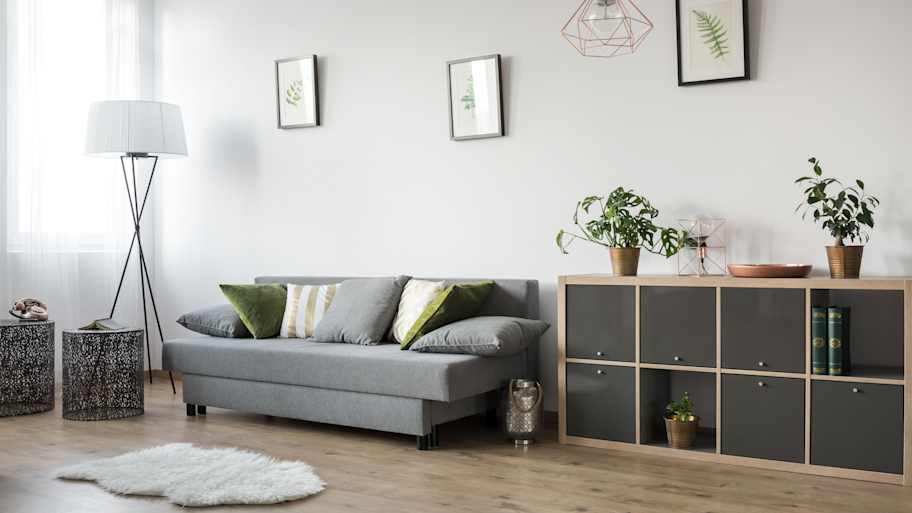

If you notice a musty smell or detect weird color and texture changes in your wall, it could be mold behind the drywall.
Physical symptoms such as respiratory problems can also be a sign that you’ve got mold behind your walls.
While you can tackle small mold cleanup jobs yourself, it’s wise to call in a mold remediation pro for larger problems or significant damage.
Spotting mold behind your drywall isn’t always easy. If you notice visible signs of mold, a musty smell, or weird texture changes, that’s a sign that you could have a hidden mold problem. Addressing mold issues right away can protect your home and your health from further dangers.
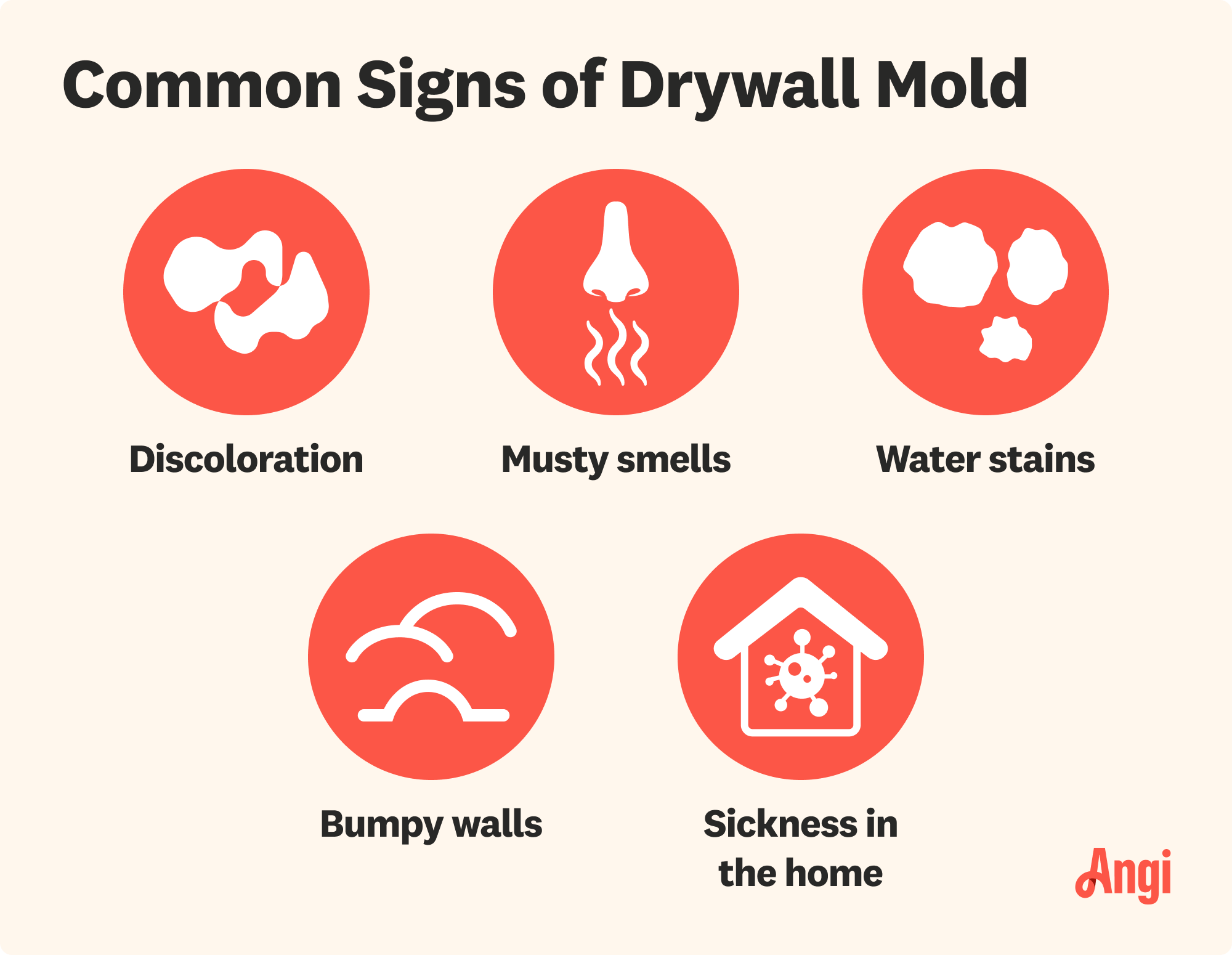
If you suspect mold is lurking behind your drywall, it’s time for a closer inspection. Look for the following signs of mold that could indicate you’ve got a fungus sharing your space with you.
Your first clue that there may be mold is discoloration. If there’s mold behind your drywall, it may have reached the surface of your wall, where it could show up as a furry, fuzzy, or slimy patch that definitely doesn’t match your decor. Mold on drywall can be black, white, brown, blue, green, orange, pink, or gray.
Noticing a mildewy, musty smell that doesn’t go away? It could be mold. If you’ve scrubbed every surface with cleaner or bleach and that dank, musty smell sticks around, it might be coming from mold behind the drywall. Mold can also cause an earthy aroma that’s just plain unpleasant.
A big indicator that mold could be sprouting behind your drywall is the presence of water stains or other types of water damage, like brown or yellowish discoloration. Water leaks behind your walls can provide an ideal environment for mold spores, which love darkness and moisture.
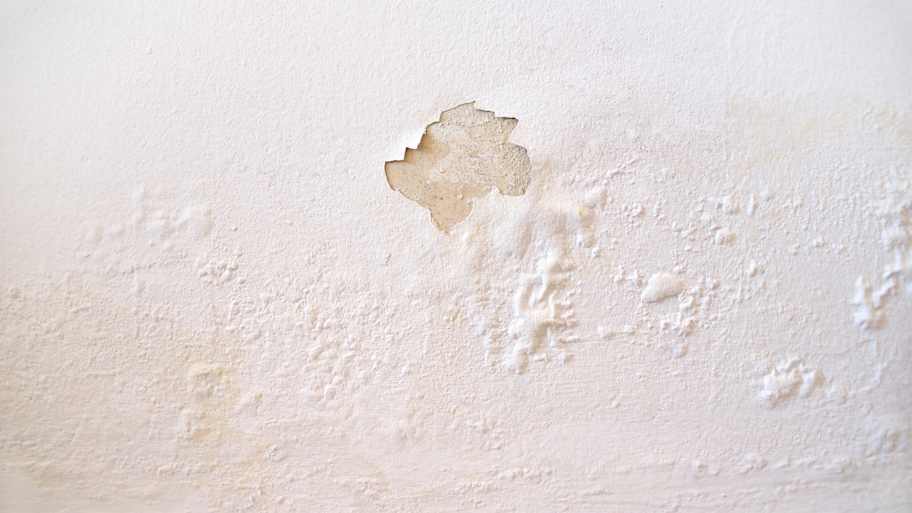
Take a closer look at the texture of your wall: unless you’ve gone for a Tuscan stucco effect, your walls are probably supposed to be smooth. If there’s mold behind your drywall, it can cause your walls to bulge, ripple, or otherwise change shape or texture.
This might show up as small bumps, bubbles, or cracks, or it might even cause the paint or wallpaper to peel. Weird wall textures you didn’t apply yourself can indicate that mold has gotten a foothold in your drywall.
Mold can trigger all sorts of physical symptoms. If you’ve got headaches or a runny nose you just can’t shake, take a closer look at your drywall. Some physical symptoms that can be warning signs of mold damage include:
Itchy, watery eyes
Sneezing
Coughing and wheezing
Difficulty breathing
Headaches
Stuffy nose
Dry skin
Memory loss
Fatigue
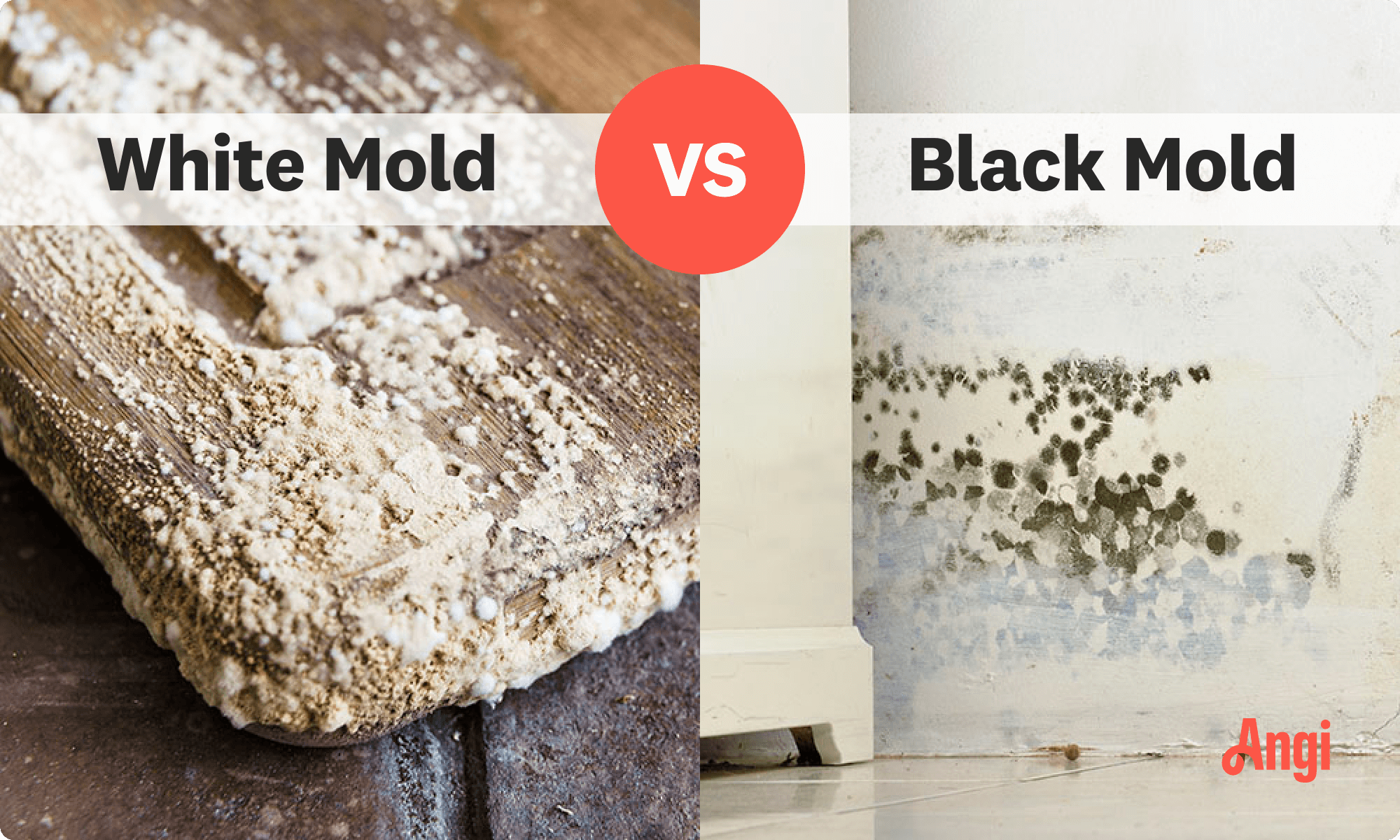
If the moldy area covers more than just a small patch (3 feet by 3 feet), you should hire professional help. The Environmental Protection Agency (EPA) recommends professional mold remediation for growths that cover more than 10 square feet. It’s also a good idea to hire a pro if you’ve had extensive water damage, if you suspect mold in your heating and cooling system, or if you’ve already tried to remove it and it’s come back.
Hiring a pro is quicker and safer than trying to remove mold yourself. Mold experts have the proper mold testing equipment, personal protective gear, and remediation gear, plus experience in effective removal techniques. Removal might require special HEPA filters, chemicals, or negative air pressure machines to control the spread of spores, for example.
If your home has black mold, which can have serious health effects, then it’s even more important to hire a local mold testing and remediation pro to remove it and leave your space clean, dry, and safe.
You can DIY some mold removal if the affected area is small. According to the EPA, the best course of action is to use water and detergent to scrub visible mold off the wall and then dry it completely. Use a fan to help increase air circulation. Once the mold is gone and the wall is dry, you can prime and repaint it.
If the mold is concentrated on the back side of the drywall, you’ll need to cut out and discard the affected drywall. Apply a mold-killing agent to the surrounding framing and then replace the drywall with a new piece. If you have a lot of water damage alongside the mold, it’s better to call in the professionals.
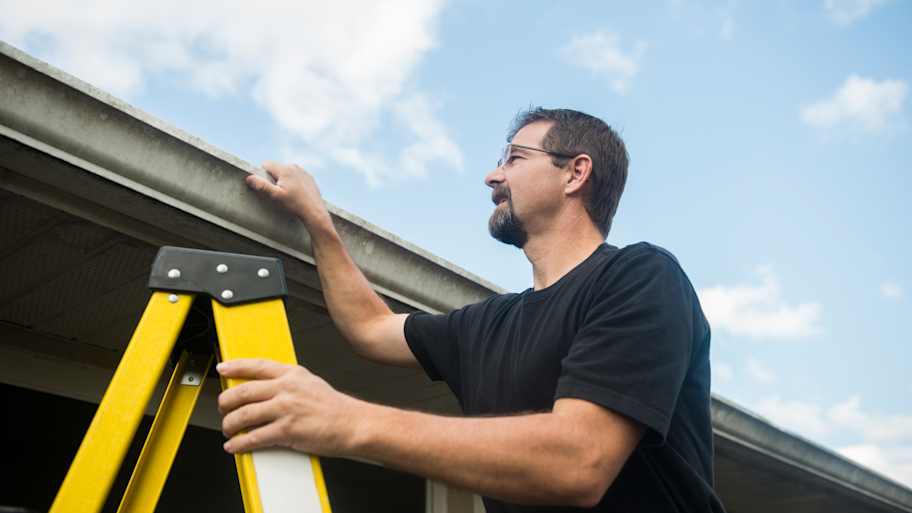
The best prevention for mold is to keep your home dry and tackle drywall moisture as soon as it happens.
Watch for leaks: Make it a habit to regularly inspect your pipes, appliances, and water lines for leaks.
Check the gutters and grade: Keep your gutters clear, and make sure the downspout directs water away from the foundation. Also check to be sure the soil is graded down and away from the home.
Run ventilation fans: Bathroom, attic, and kitchen fans whisk away steam and moisture to keep your space dry—don’t forget to run them frequently.
Consider a dehumidifier: If your home seems especially humid, particularly on lower levels, try a dehumidifier to reduce the moisture that mold loves.
The cost to install new drywall ranges between $1,000 and $3,200. Your cost will depend on the type and thickness of the drywall you choose, with specialty drywall and extra-thick drywall sheets costing more. A standard drywall panel costs $20, while mold-resistant drywall, for instance, can run $0.65 to $0.75 per square foot.
The extent of the mold damage and the amount of drywall needed for repair will also affect your costs. To replace a small, 10-by-10 bathroom worth of drywall, you’ll pay $400 to $650.
From average costs to expert advice, get all the answers you need to get your job done.

The cost of a mold inspection might seem high, but it’s one of the best investments you can make for your health and home. Read on to learn cost-saving tips.
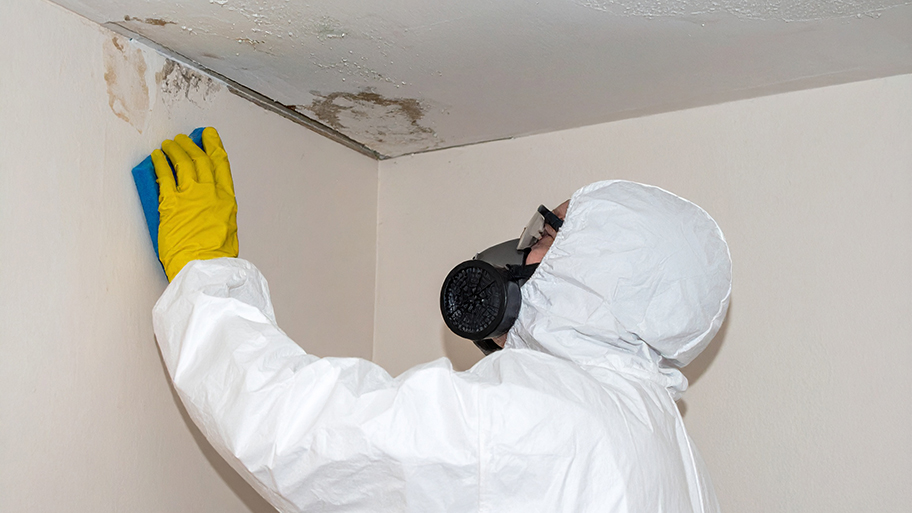
Mold remediation cost can quickly escalate. But if you have mold in your home, the cost for mold remediation is worth it.

Mold poses a constant threat to homeowners as it can grow in many environments. Learn how to identify types of mold to prevent health and structural issues.

When it comes to black mold vs wood rot, one causes a much bigger threat to your family. Keep reading to learn which.
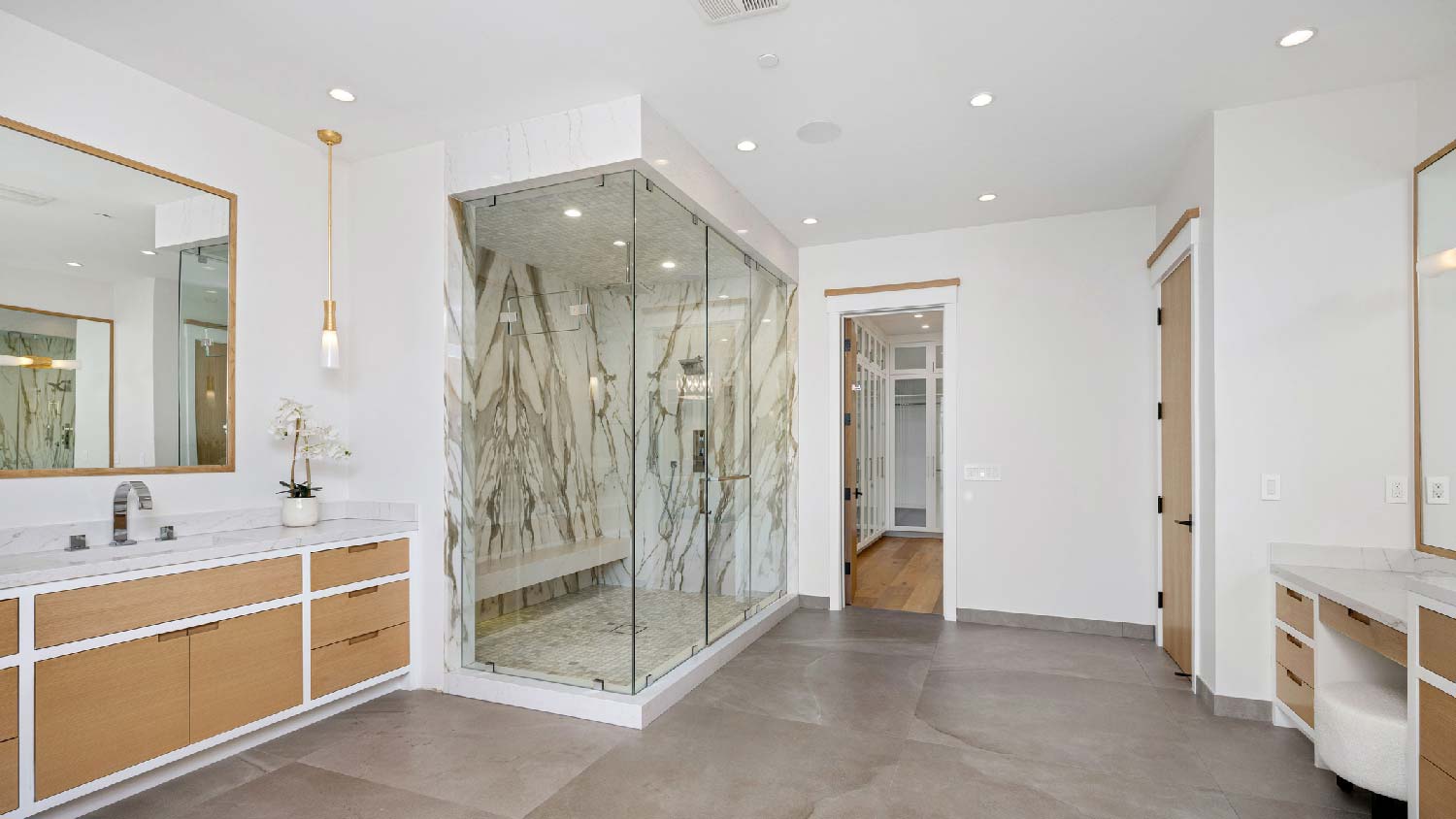
Moisture, poor ventilation, and soap scum can all lead to pink mold in your bathroom. Here’s how to clean bathroom mold and prevent it from returning.

If your house smells musty but there’s no visible mold, check anywhere there’s moisture. Use this guide to help you identify and prevent the smell in your home.